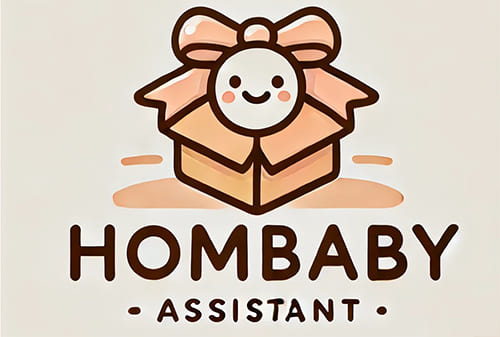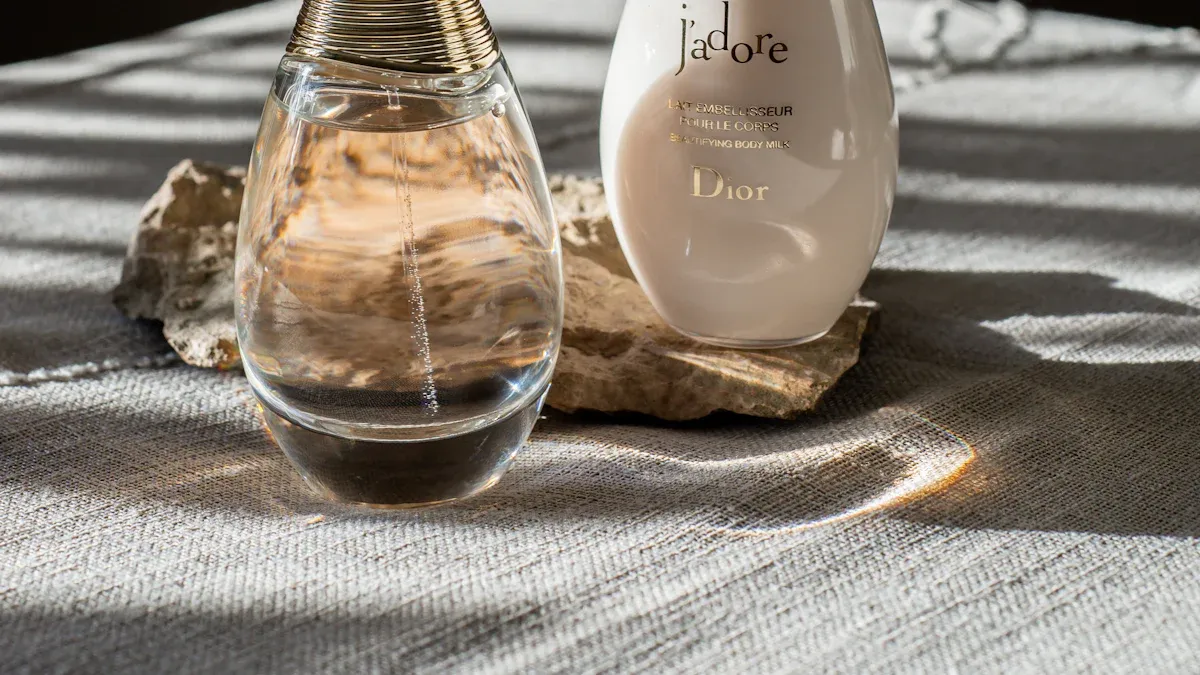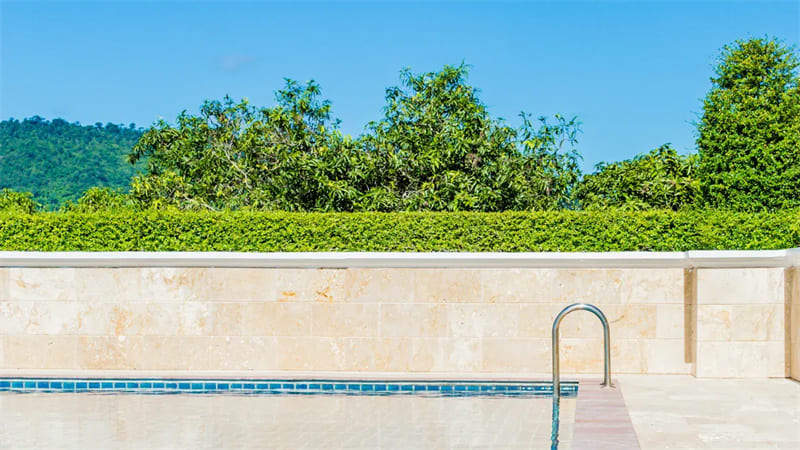
I’ve always loved the idea of cat wall shelves. They’re such a fun way to give our furry friends more space to climb, explore, and relax. But are cat wall shelves safe? Absolutely—if you install and maintain them the right way. I’ve seen friends make mistakes with wobbly shelves or poor placement, and their cats ended up avoiding them entirely. That’s why safety is so important.
Here’s what I’ve learned about making shelves safe for cats:
Select a safe location. Cats love to jump and run, so keep shelves away from fragile items they might knock over.
Consider the height. High shelves are great for active cats, but older or heavier cats may prefer lower ones.
These simple steps go a long way in keeping your cat happy and secure. Trust me, when you get it right, your cat will love their new space—and you’ll love watching them enjoy it!
Are Cat Wall Shelves Safe?
Generally, Cat Wall Shelves are safe. But we still need to focus on Cat Wall Shelves Weight Limits, Stability, Materials, and Durability.

Weight Limits and Stability
When it comes to cat shelves, stability is everything. I’ve learned that the first step to ensuring safety is to check the weight limit of the shelves. Cats are agile, but they can be rough on furniture when they leap and climb. Here’s what I always keep in mind:
Research the weight capacity of the shelves. For example, PETOMG’s cat wall shelves can hold up to 22.5 kg (49.6 lbs). That’s a lot of support!
Overestimate the weight your shelves need to hold. Cats don’t just sit—they jump, which adds extra force.
Anchor the shelves into wall studs whenever possible. This provides a solid foundation. If you’re using anchor screws, avoid exceeding 10 lbs of weight.
I’ve found that testing the stability before letting my cat use the shelves is a game-changer. A quick push or pull can reveal if adjustments are needed. Trust me, a stable shelf means peace of mind for both you and your cat.
Materials and Durability
The materials used in cat shelves play a huge role in their safety and longevity. I always look for shelves made from sturdy, high-quality materials. Here’s why:
Wood and metal are my go-to choices. They’re durable and can handle wear and tear better than plastic.
Avoid flimsy materials. They might save money upfront, but they can’t support your cat’s weight over time.
Look for shelves with smooth edges. This prevents injuries if your cat gets a little too excited while climbing.
Durable materials ensure safety and contribute to your cat’s health. A well-made shelf won’t break or splinter, keeping your furry friend safe from harm.
How Do We Make Sure Cat Wall Shelves are Safe?
Pick a safe spot for cat shelves. Keep them away from breakable things to avoid accidents.
Look at the shelf’s weight limit. Make sure it can hold your cat’s weight and jumping power.
Use strong materials like wood or metal. These are durable and keep your cat safe while climbing.
Attach shelves firmly. Secure them to wall studs and use proper tools for stability.
Check shelves often for safety. Tighten loose screws and clean them to stop slipping.
Tips to make cat shelves safer
Not all cat shelves are created equal. Some designs are just better suited for our feline friends. I’ve noticed that shelves with cat-centric features make a big difference. Here’s a quick breakdown of what to look for:
Design Feature | Why It Matters |
|---|---|
Secure Installation | Shelves that align with wall studs stay in place longer and handle more weight. |
Cat-Centric Design | Features like hammocks or hatches make shelves more comfortable and usable. |
Traffic Flow Consideration | Shelves designed with how cats move in mind reduce accidents and confusion. |
I also love adding non-slip surfaces to the shelves. It’s a simple upgrade that prevents slips and keeps my cat feeling secure. Plus, ensuring proper spacing between shelves helps them climb easily without risking a fall.
How to Ensure Safety During Installation
Choosing the Right Location
Using Proper Mounting Techniques
Testing Stability Before Use
Choosing the Right Location
When setting up cat shelves, the location is everything. I’ve learned that cats love spots where they can observe their surroundings without feeling exposed. Here are some tips I always follow when choosing a location:
🏠 Pick a safe spot: Avoid areas near fragile items or busy walkways. Cats need a peaceful space to relax.
🐾 Think about accessibility: Place shelves in rooms where your cat already spends time. This makes them more likely to use the shelves.
📏 Consider height: If your cat is older or less agile, keep the shelves lower. For younger, active cats, higher shelves are perfect for climbing and jumping.
Before drilling any holes, I like to map out the placement using painter’s tape. This helps me visualize the layout and avoid unnecessary damage to the walls. Trust me, a little planning goes a long way in creating a functional and safe setup for your furry friend.
Using Proper Mounting Techniques
Installing cat shelves securely is crucial for safety. I’ve made mistakes in the past, like using the wrong screws, and it taught me the importance of proper mounting techniques. Here’s what I do now:
🛠️ Check the weight limit: Make sure the shelves can handle your cat’s weight, plus the force of their jumps.
🔩 Use the right hardware: For drywall, I use anchors or screws designed for heavy loads. If possible, I mount the shelves directly into wall studs for extra stability.
📐 Level the shelves: A crooked shelf isn’t just unsightly—it’s unsafe. I always double-check with a level before securing anything.
If you’re not confident in your DIY skills, hiring a professional can save you a lot of stress. It ensures the shelves are installed correctly, reducing the risk of accidents.
DIY Cat Wall Shelves
Testing Stability Before Use
Once the shelves are installed, I never let my cat use them right away. Testing stability is a must! Here’s how I do it:
🤚 Give it a push: I apply pressure to the shelves to see if they wobble or shift.
🐕 Simulate weight: Sometimes, I place a heavy object (like a bag of cat food) on the shelves to mimic my cat’s weight.
🧹 Check the surface: Adding a non-slip material, like a rubber mat, helps prevent slips and keeps my cat secure.
These steps might seem small, but they make a big difference. A stable shelf means peace of mind for me and a safe, enjoyable space for my cat.
Enhancing Safety with Additional Features
Adding Non-Slip Surfaces
I’ve noticed that cats can be pretty clumsy sometimes, especially when they’re excited or chasing something. Adding non-slip surfaces to cat shelves is one of the easiest ways to boost safety. I like using materials like rubber mats or textured fabric. These give cats a better grip when they jump or land.
Here’s a tip: If you’re using wood shelves, you can apply adhesive non-slip pads directly to the surface. They’re affordable and super easy to install. Plus, they don’t ruin the look of the shelves. I’ve also tried using carpet scraps, which work great and add a cozy touch. Cats seem to love the extra comfort!
Ensuring Proper Spacing Between Shelves
Spacing between cat shelves matters more than you might think. Cats need enough room to climb and jump without feeling cramped or risking a fall. I follow these guidelines to keep things safe:
Measurement Type | Recommended Distance |
|---|---|
Vertical Spacing | 12-18 inches |
Horizontal Spacing | 12-16 inches |
Maximum Height Between Shelves | 12 inches |
These measurements work well for most cats. For younger or more active cats, I stick to the higher end of the range. Older cats or those with mobility issues do better with closer spacing.
When I set up shelves, I always test the layout by imagining how my cat will move between them. If it feels awkward or too tight, I adjust the spacing. Trust me, getting this right makes a huge difference in how much your cat enjoys their shelves.
Regular Maintenance and Inspections
Safety doesn’t stop after installation. Regular maintenance keeps cat shelves secure and functional. I make it a habit to check the shelves every month. Here’s what I look for:
Loose screws or bolts 🛠️
Worn-out non-slip surfaces 🐾
Cracks or damage in the materials
If I spot any issues, I fix them right away. For example, I tighten screws or replace worn-out pads. It only takes a few minutes, but it keeps the shelves safe for my cat.
I also clean the shelves regularly. Dust and dirt can make surfaces slippery, so a quick wipe-down helps maintain grip. Plus, it keeps the shelves looking nice!
What to Look For in Cat Shelves?
Don’t Install Shelves On Weak Walls
One of the biggest mistakes I’ve seen is installing shelves on weak or unsuitable walls. Trust me, I’ve learned this the hard way. Drywall without proper support just can’t handle the weight of a cat jumping up and down. Here’s what I always check before installation:
Wall type: I look for studs behind the drywall using a stud finder. If I can’t find any, I use heavy-duty anchors designed for drywall.
Avoid plaster walls: They’re prone to cracking under pressure.
Test the wall strength: A quick push or tap can reveal if the wall feels hollow or unstable.
If you’re unsure about your wall’s strength, it’s worth consulting a professional. A secure wall means your shelves will stay put, no matter how much your cat loves to leap around.
Don’t Overload
Overloading shelves is another common mistake that can lead to accidents. Cats are heavier than they look, and their jumps add extra force. I always make sure to follow these guidelines:
🐾 Stick to the weight limit: Most shelves have a specified weight capacity. For example, some can hold up to 22 lbs, but I never push it to the max.
🛠️ Distribute weight evenly: If I add decorations or toys, I spread them out to avoid stressing one side.
🚫 Avoid overloading: It’s tempting to stack items, but it’s not worth the risk.
Ignoring these tips can cause shelves to collapse, which is dangerous for both your cat and your home.
Ignoring Regular Safety Checks
Even the sturdiest shelves need regular inspections. I’ve made it a habit to check mine every month. It’s quick and keeps everything safe. Here’s my checklist:
🔧 Tighten loose screws or bolts.
🐾 Look for cracks or signs of wear in the materials.
🧹 Clean off dust or debris that could make the surface slippery.
Pro Tip: Set a reminder on your phone to inspect the shelves. It’s easy to forget, but these checks can prevent accidents.
By avoiding these mistakes, you’ll create a safe and enjoyable space for your cat to explore. Plus, you’ll have peace of mind knowing everything is secure.
Do cats become happier with wall shelves?

Yes, cats often become happier with wall shelves! These shelves provide a unique way to enrich their environment and meet their natural instincts. Cats love climbing, perching, and observing their surroundings. Wall shelves give them the perfect space to do all of that, especially in homes where floor space is limited.
Here’s why wall shelves can boost your cat’s happiness:
🐾 Reduces stress: Cats feel safer when they have high places to retreat to. A wall shelf acts as a secure cat perch where they can relax and watch the world below.
🧠 Provides stimulation: Climbing and jumping between shelves keep your cat active and engaged. This physical activity is great for their mental and physical health.
🎮 Prevents boredom: Cats can get bored, especially indoor ones. Wall shelves add variety to their environment, giving them something new to explore.
🏠 Enhances indoor enrichment: Shelves mimic the climbing opportunities cats would have in the wild, like trees or rocks. This makes their indoor life more fulfilling.
I’ve noticed my own cat loves having a high perch to nap on. It’s her go-to spot when she wants some alone time. Plus, I’ve seen her stress levels drop since she started using the shelves. She seems more relaxed and playful.
If you’re looking for a way to enrich your cat’s life, wall shelves are a fantastic option. They’re not just furniture—they’re a way to make your cat’s world more exciting and enjoyable.
How to choose good wall shelves?
Choosing the right wall shelves for your cat can feel overwhelming with so many options out there. But don’t worry—I’ve got you covered! Here’s what I always look for when picking shelves that are safe, durable, and cat-approved. 🐾
1. Material Matters
Go for sturdy materials like wood or metal. These hold up well to climbing and jumping.
Avoid cheap plastic. It might crack or bend under your cat’s weight.
Look for smooth finishes to prevent scratches or splinters.
2. Weight Capacity
Always check the weight limit! A good shelf should support at least 15-20 lbs.
If you have a larger cat or multiple cats, pick shelves with higher weight limits.
3. Design and Features
Shelves with non-slip surfaces are a must. Cats need grip to feel secure.
Look for designs with rounded edges to avoid injuries.
Bonus points for shelves with built-in hammocks or cushions for extra comfort.
4. Size and Spacing
Choose shelves wide enough for your cat to sit or lie down comfortably.
If you’re creating a climbing wall, make sure the shelves are spaced 12-18 inches apart for easy jumping.
5. Ease of Installation
Pick shelves that come with clear instructions and mounting hardware.
Shelves designed to attach to wall studs are the most secure.
Pro Tip: Test the shelves before letting your cat use them. A quick push or adding some weight can help you spot any issues.
By keeping these tips in mind, you’ll find shelves that your cat will love—and you’ll feel confident knowing they’re safe and sturdy. Happy shopping! 🛒🐱
Making a safe and fun area for your cat is simple. Focus on strong materials, proper setup, and regular checks to keep shelves safe and useful. These steps have worked wonders for me:
🛠️ Pick the right way to install based on your wall type. For example:
Wall Type
How to Install
Solid Wall
Use wood screws to attach directly.
Plasterboard Wall
Use drywall anchors; for studs, use solid wall anchors.
Concrete Wall
Drill holes and use concrete anchors.
Wooden Wall
Needs at least 9mm thickness for direct wood screw installation.
Light Steel Wall
Use light steel screws; check spacing between posts and studs.
🐾 Think about safety: Follow weight limits, add non-slip surfaces, and space shelves 12-18 inches apart vertically.
So, are cat wall shelves safe? Yes, they are! With care, they’re a great way to make your cat’s life better. Seeing your cat climb, jump, and relax on their shelves is so satisfying. Trust me, your cat will love it!
FAQ
What tools do I need to install cat wall shelves?
You’ll need a drill, screws, a stud finder, and a level. These tools help secure the shelves properly. If you’re installing on drywall, grab some heavy-duty anchors too. Trust me, having the right tools makes the job much easier! 🛠️
Can I install cat shelves without drilling into the wall?
Yes, but it’s tricky. You can use adhesive brackets or tension rods for lightweight shelves. However, I recommend drilling for better stability. Cats jump with force, and non-drilled shelves might not hold up well over time. Safety first! 🐾
How do I encourage my cat to use the shelves?
Start by placing treats or toys on the shelves. Cats love exploring new spaces when there’s a reward. You can also add a cozy blanket or cushion to make it inviting. Be patient—some cats take time to adjust. 🐱✨
Are cat wall shelves suitable for older cats?
Absolutely! Just keep the shelves lower and closer together. Older cats might struggle with high jumps, so make it easy for them to climb. Adding ramps or steps can also help. My senior cat loves her low perch! 🛋️




